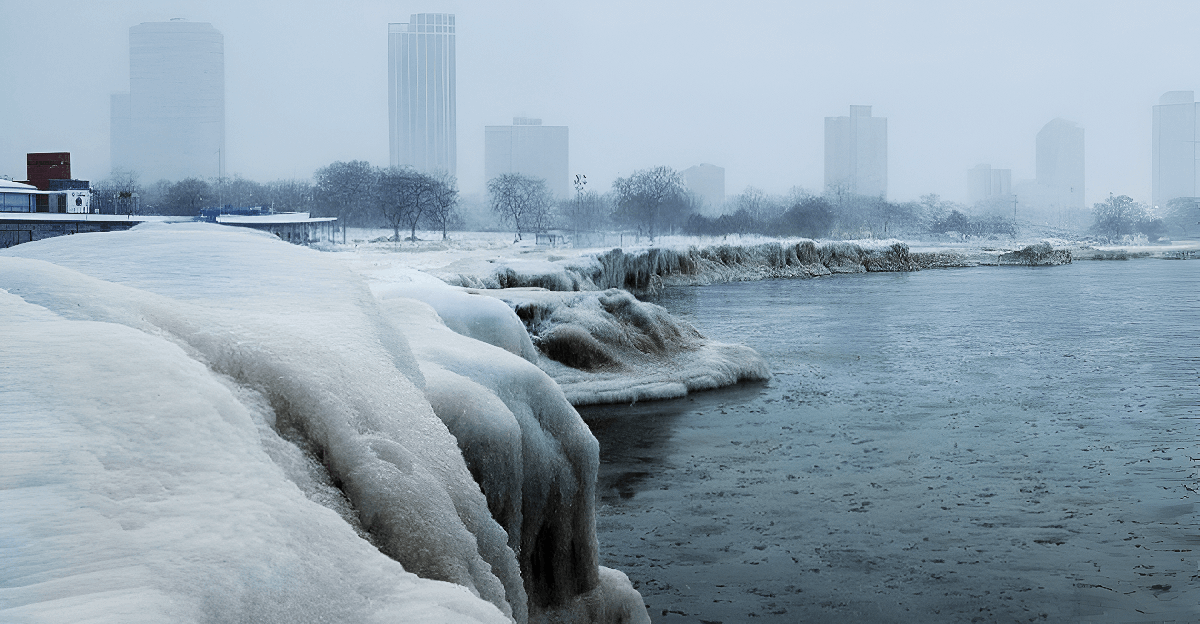
A sizable, enduring cyclone of icy air that moves through the stratosphere above the North Pole is known as the polar vortex. Usually, keeping Arctic air inside polar regions, it serves as a reservoir of cold air held in place by powerful westerly winds. This cold air can spill southward when the vortex weakens or breaks, which is frequently associated with abrupt stratospheric warming events.
This can result in prolonged and powerful Arctic blasts that reach mid-latitudes, including a large portion of the United States. According to current atmospheric patterns and La Niña conditions, there is a 75% chance of such polar vortex disruptions during the winter of 2025/2026. Large areas of the US will experience severe temperature drops, sometimes 15–25°F below normal, according to this unprecedented likelihood.
Polar Vortex Events in Their Historical Context
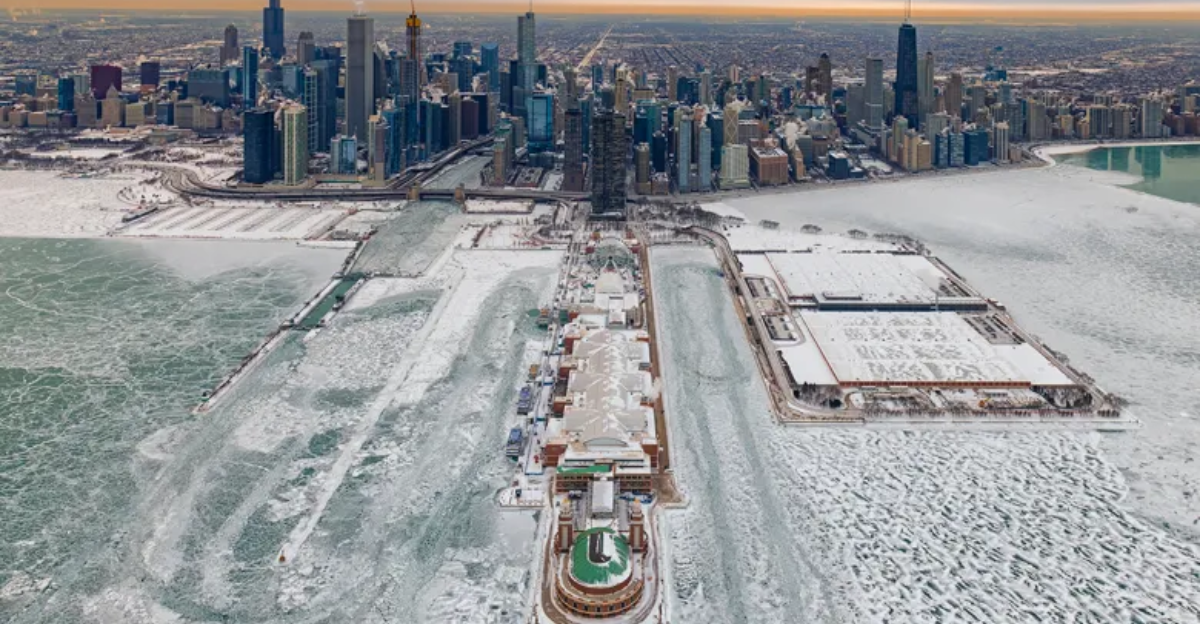
Notable occurrences of the polar vortex affecting winter weather in the United States go back decades. Previous occurrences, like the Great Texas Freeze in 2021 and the 2014 polar vortex event, demonstrate its ability to produce record-breaking cold snaps with far-reaching effects on society.
Changes in the jet stream caused Arctic air to plunge abnormally far south during these events, resulting in record-breaking freezes and energy crises. In the past, when the polar vortex collapses, there are usually weeks of extremely cold temperatures, which have a ripple effect on the economy, energy grids, and public safety.
Atmospheric Mechanisms and Scientific Foundations
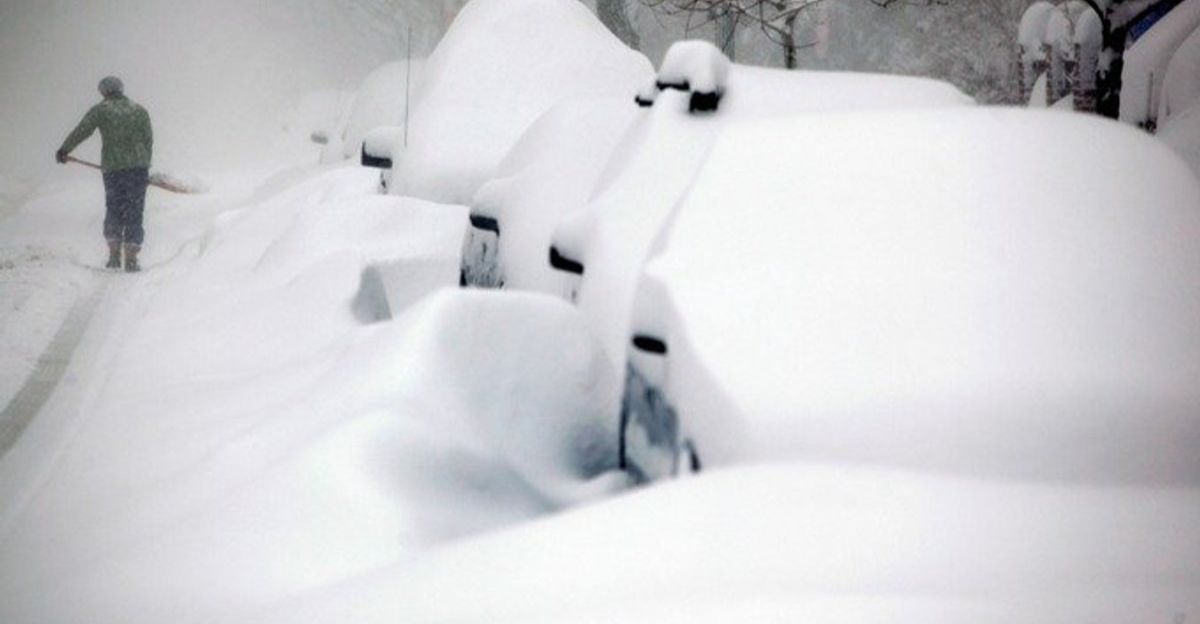
The intricate relationship between jet stream dynamics, Arctic sea ice extent, and stratospheric warming lies at the core of polar vortex behavior. The vortex’s typically circular pattern may be upset by sudden stratospheric warming (SSW) events, which could lead to its weakening, wobbling, or splitting. When this happens, cold Arctic air flows southward after being safely contained.
Colder air can enter the United States more deeply when the jet stream takes on a wavier pattern. As the Arctic warms four times faster than the rest of the world, the temperature gradient that maintains the vortex’s strength is diminished, making these disruptions more frequent.
The Impact of Climate Change on Trends
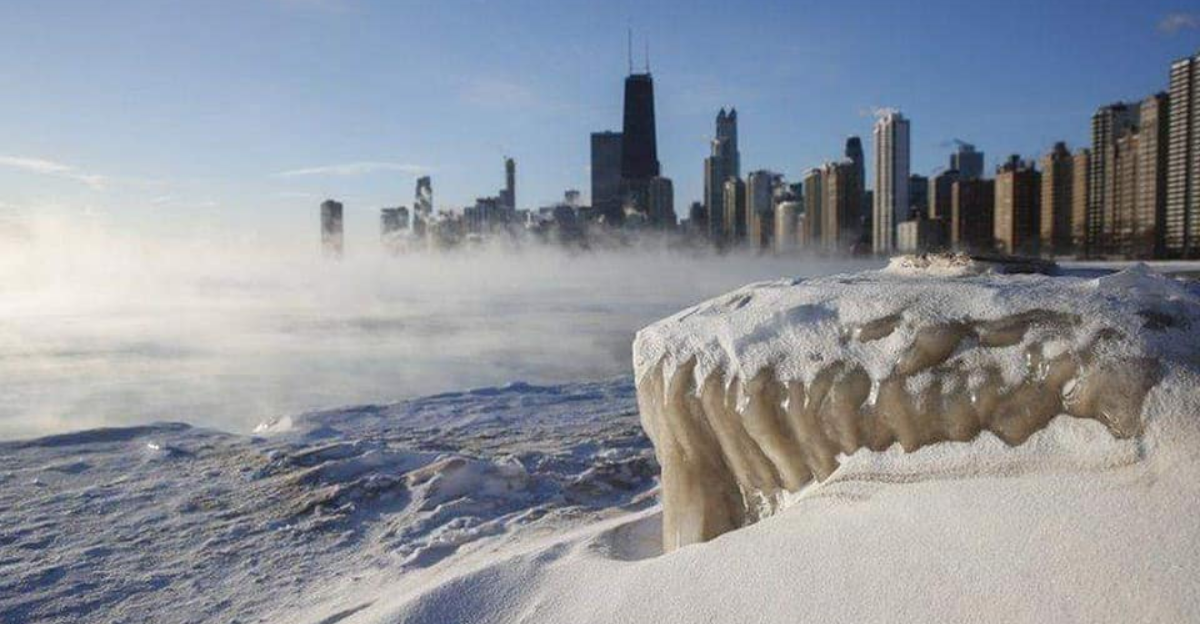
There is growing scientific evidence that the polar vortex’s stability and strength are impacted by climate change. More heat escapes the polar atmosphere as Arctic sea ice recedes, which makes vortex disruptions more common. The zonal flow of the jet stream is weakened and encouraged to meander due to the reduced temperature differential between the Arctic and the mid-latitudes.
In the US, more erratic and intense cold spells are caused by this wavier jet stream. Therefore, by upsetting the polar vortex, climate change may paradoxically make cold outbreaks more severe and frequent rather than less frequent. Scientists stress that severe weather patterns, such as cold waves brought on by polar vortices, are among the manifestations of increased regional variability as global temperatures rise.
Forecasting Advances in Technology and Prediction
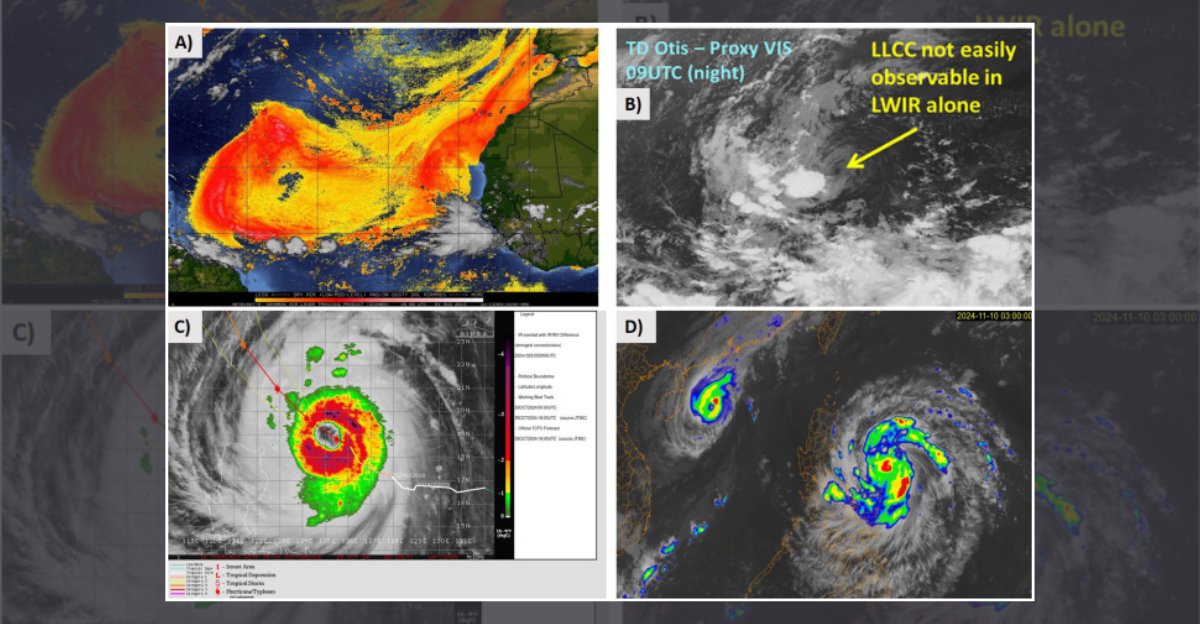
Forecasting capabilities for polar vortex behavior have improved due to developments in satellite observations, climate modeling, and atmospheric data assimilation. Winter outlooks are now more confident due to meteorologists’ increased ability to track abrupt stratospheric warming events and changing jet stream patterns. According to current projections, there is a roughly 75% chance of a significant disruption of the polar vortex in 2025–2026.
Temperature drops in affected areas are expected to last four to eight weeks. With the use of these forecasting tools, communities, governments, and the energy industry can get ready for possible grid strains, hazards to public health, and infrastructure issues brought on by extended cold. Unexpected elements like energy trade disputes or geopolitical events, however, might make vulnerabilities even worse.
Economic Effects and Difficulties in the Energy Sector
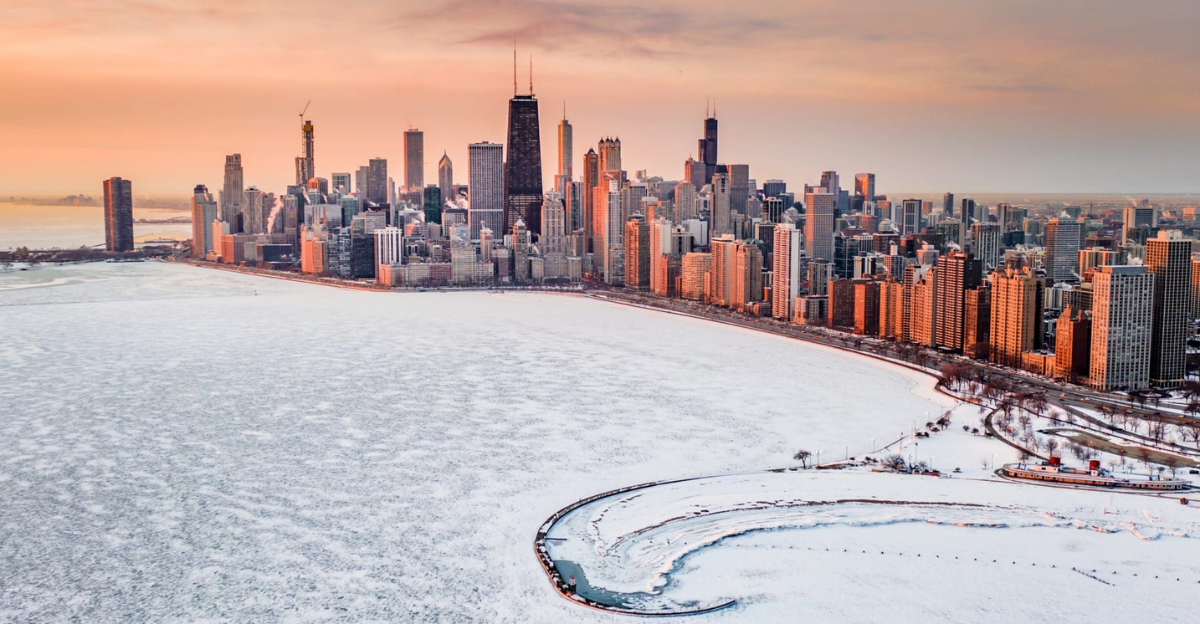
Even though they are localized and transient, polar vortex events have a substantial economic impact. According to forecasts, the polar vortex in 2025 will put billions of dollars of strain on the US economy, affecting industrial productivity, utility demands, and energy prices. As the demand for heating rises, utility companies profit.
However, during extremely cold temperatures, supply chain interruptions and pipeline restrictions for natural gas can result in price increases and even rolling blackouts. The situation is made more difficult by the interdependence of the energy systems in the US and Canada, since any changes to trade or policy pertaining to energy exports could raise serious issues with grid reliability. Businesses that use a lot of energy will have to operate less, and consumers will pay more for heating.
Consequences for Public Safety and Infrastructure
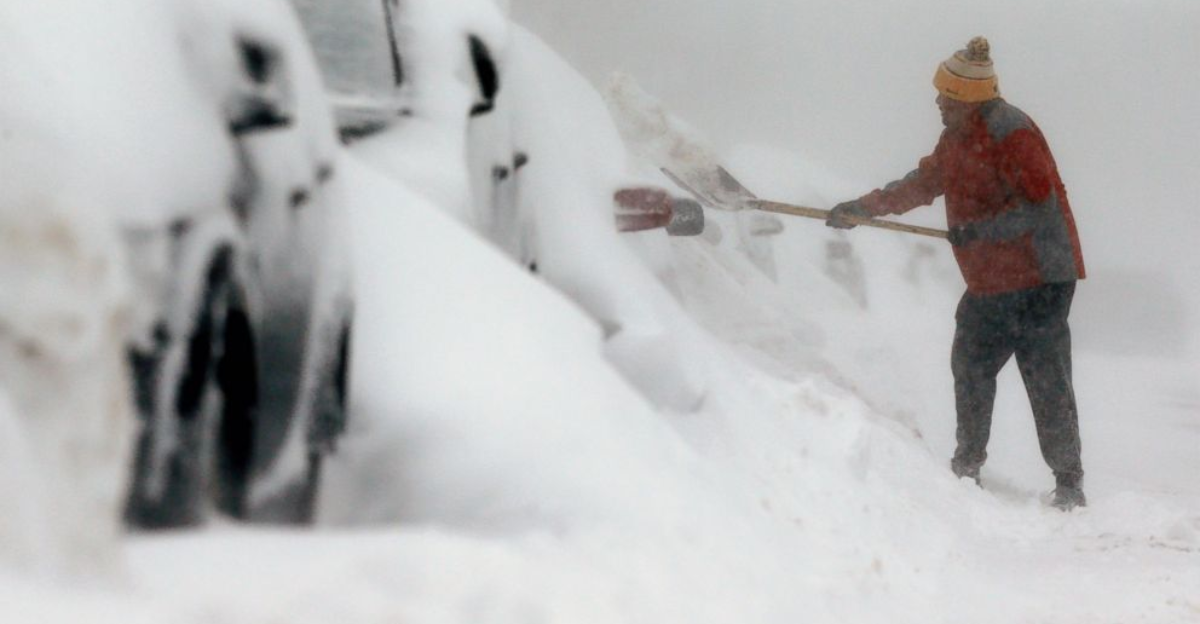
There are serious repercussions for public safety and vital infrastructure when Arctic blasts arrive. Severe cold can result in frozen pipes, water main breaks, and ice buildup on roads. As the incidence of hypothermia, frostbite, and cardiovascular events increases during extended cold spells, hospitals and emergency services are under increased strain. Accidents and delays in transportation systems impair mobility and supply chains.
Peak loads put power grids at risk for blackouts, which exacerbate health hazards to the general public. To lessen these effects, increased readiness, early warning systems, and community resilience programs become crucial. The overall vulnerability of impacted populations is determined by the interaction of socioeconomic factors and natural hazards brought on by polar vortex events.
The Impact of Arctic Blasts on Mental Health and Psychological Conditions

Events involving polar vortices cause considerable psychological stress in addition to physical and financial effects. The prevalence of depression, anxiety, and seasonal mood disorders (SAD) rises during protracted cold and dark seasons. With its anticipated multi-week cold disruptions, the 2025 polar vortex exacerbates vulnerable populations’ sense of helplessness, frustration, and loneliness.
Daily routine disruptions, more time spent indoors, and financial strain from energy bills all contribute to mental health problems. Experts emphasize that in order to lessen the psychological effects of Arctic blasts, coping mechanisms like social support, exercise, and mindfulness exercises are crucial. This frequently disregarded aspect is essential to the overall resilience of a community.
Societal and Environmental Ripple Effects
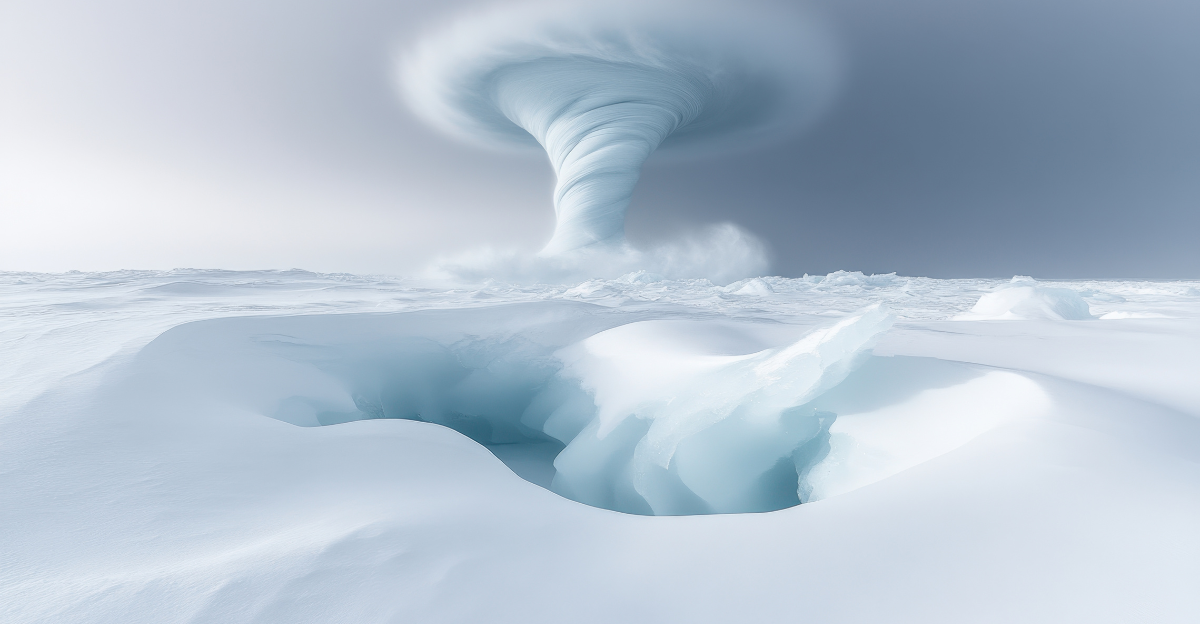
The polar vortex’s reach extends into societal and environmental domains. Disrupted labor markets arise as workers face unsafe commuting conditions or workplace shutdowns. Retail and hospitality industries see shifts in consumer behavior, often with reduced discretionary spending but increased sales of winter-related goods and services.
Environmentally, prolonged cold can affect wildlife migration and vegetation cycles, sometimes creating temporary ecological imbalances. The juxtaposition of Arctic blasts and a warming planet adds complexity to ecological forecasting and conservation efforts. Understanding these ripple effects aids policymakers in crafting multifaceted response strategies that address both immediate hazards and long-term environmental sustainability.
The Great Freeze in Texas
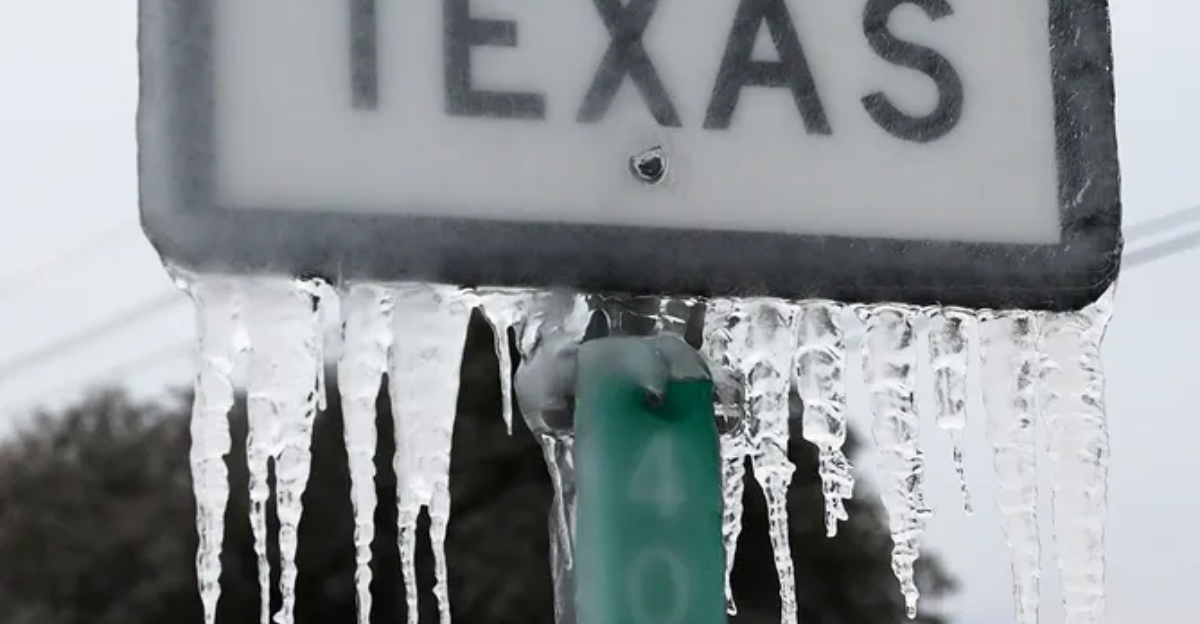
The destructive potential of the polar vortex is exemplified by the Great Texas Freeze of 2021. Unprecedented cold was brought to a region unprepared for such extremes when an abrupt disruption in the vortex forced Arctic air deep into the southern United States. Massive power outages, water supply problems, and fatalities were caused by the incident. Systemic vulnerabilities were brought to light by the collapse of Texas’s energy grid, which was primarily dependent on natural gas and lacked adequate winterization.
Even in climates that are typically milder, this disaster highlights the critical need for infrastructure resilience adapted to polar vortex risks. Preparations for the upcoming winter, when similar or worse impacts could occur if mitigation strategies are not implemented, are informed by the lessons learned from Texas.
The “Systemic Stress Test of Polar Vortices”
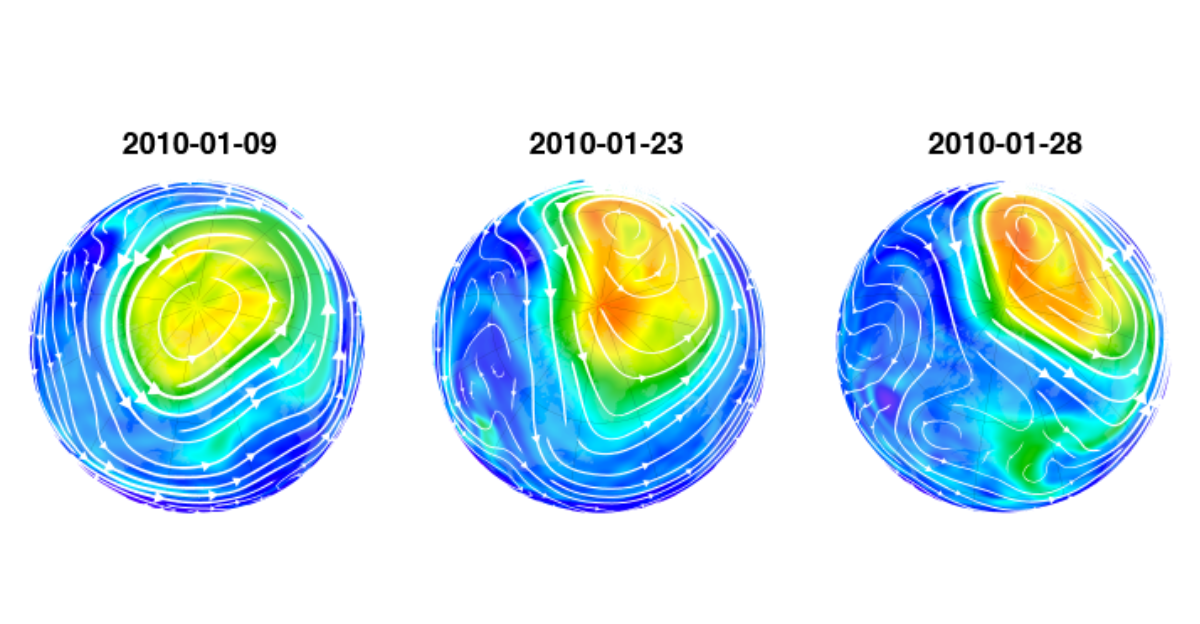
The 2025 polar vortex can be thought of as a systemic stress test for a number of interconnected systems, including infrastructure, public health, energy, and socioeconomic stability. Every vortex disruption reveals flaws in supply chains, community resilience, healthcare preparedness, and grid capacity.
The need for integrated strategic planning that foresees cascading failures and adjusts in real-time is emphasized by this framework. In order to transform vulnerability into a chance for systemic strengthening, policymakers and stakeholders can utilize this model to prioritize investments, improve cross-sector coordination, and develop adaptive capacities prior to, during, and following polar vortex events.
The Relationship Between Polar Vortex Vulnerability and Energy Policy
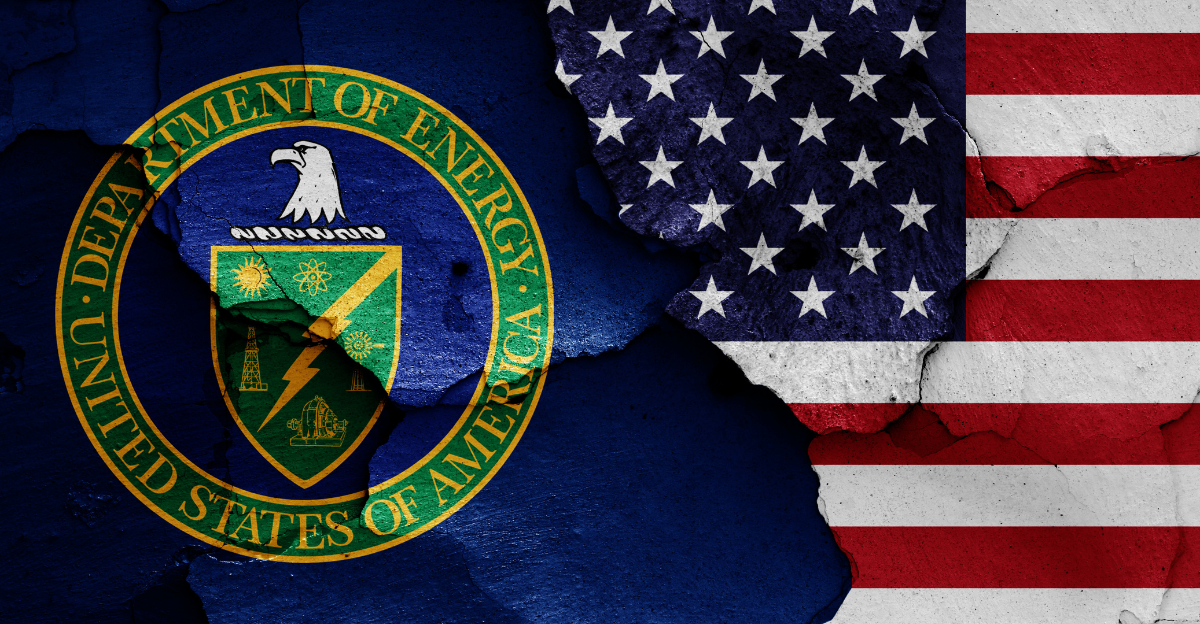
Decisions about energy policy have a significant impact on how ready the US is for polar vortex disruptions. Grid fragility during Arctic blasts is increased by reliance on natural gas, aging infrastructure, lack of winterization, and regulatory fragmentation. On the other hand, risk can be reduced by having a diverse energy portfolio that includes resilience investments, renewable energy, and cross-border collaboration with Canadian energy producers.
Concerns regarding possible supply shortages at the exact moment when demand is at its highest are raised by recent geopolitical tensions over energy trade with Canada. In order to ensure that the energy landscape supports sustainability and reliability, effective policy must take into account extreme weather scenarios that are predicted to occur more frequently due to polar vortex instability.
Arctic Blasts in Surprising Places
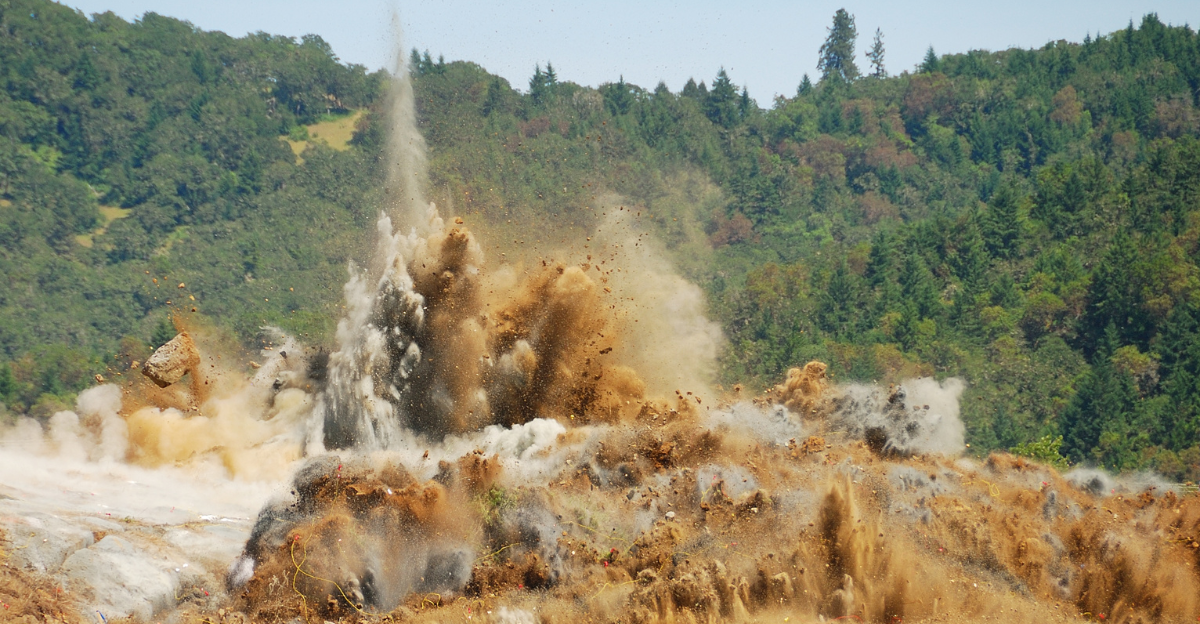
Disruptions can push Arctic air abnormally far south, affecting states like Texas, Florida, and even the Gulf Coast. Normally, the polar vortex affects the northern US states. The impact is exacerbated in these areas because they frequently lack the infrastructure and social preparedness for extreme cold.
The forecast for 2025 indicates a high risk of such extreme Arctic air transport, which alarms policymakers and public safety officials in these vulnerable areas. Traditional geographic presumptions regarding winter weather hazards are called into question by these outlier events, necessitating adaptive planning that takes these unconventional zones into account.
Effects on Supply Chains and Transportation
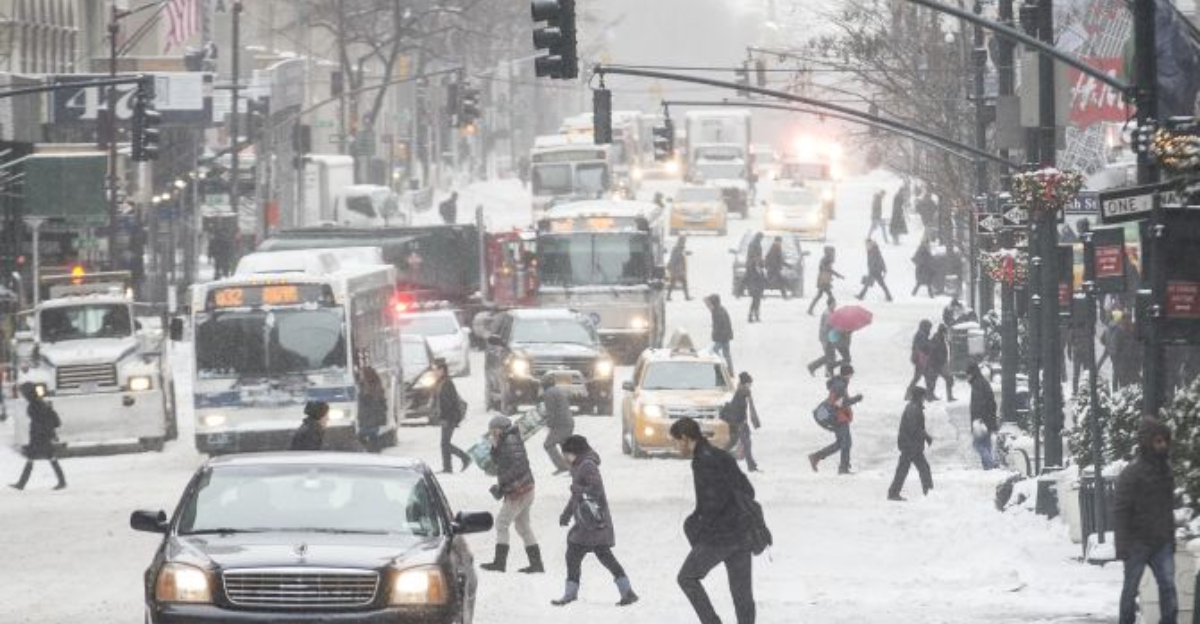
Due to ice, snow, and extremely low temperatures, polar vortex events cause disruptions to transportation networks, including freight, public transportation, and air travel. Food, medical supplies, and other necessities are impacted by supply chain bottlenecks caused by an increase in cancellations, delays, and accidents. Prolonged cold spells also put a strain on infrastructure and car fleets, raising maintenance expenses and downtime.
With a focus on logistics flexibility and redundancy to minimize cascading failures in just-in-time systems, businesses and governments must coordinate backup plans to maintain critical supply chain flow during vortex-induced disruptions.
The Effect of Psychology on Employee Productivity

Long-lasting Arctic blasts lower worker productivity and raise absenteeism. Transportation problems, mental health disorders, and cold-related illnesses all lead to operational disruptions in sectors that are vital to the stability of the economy.
Increased energy expenses and worries about safety both at work and at home cause stress for employees. Employers must address these psychosocial factors, which include safe working conditions during extreme weather events, flexible work schedules, and mental health support, in order to preserve workforce resilience.
Polar Vortex and the Danger to Agriculture
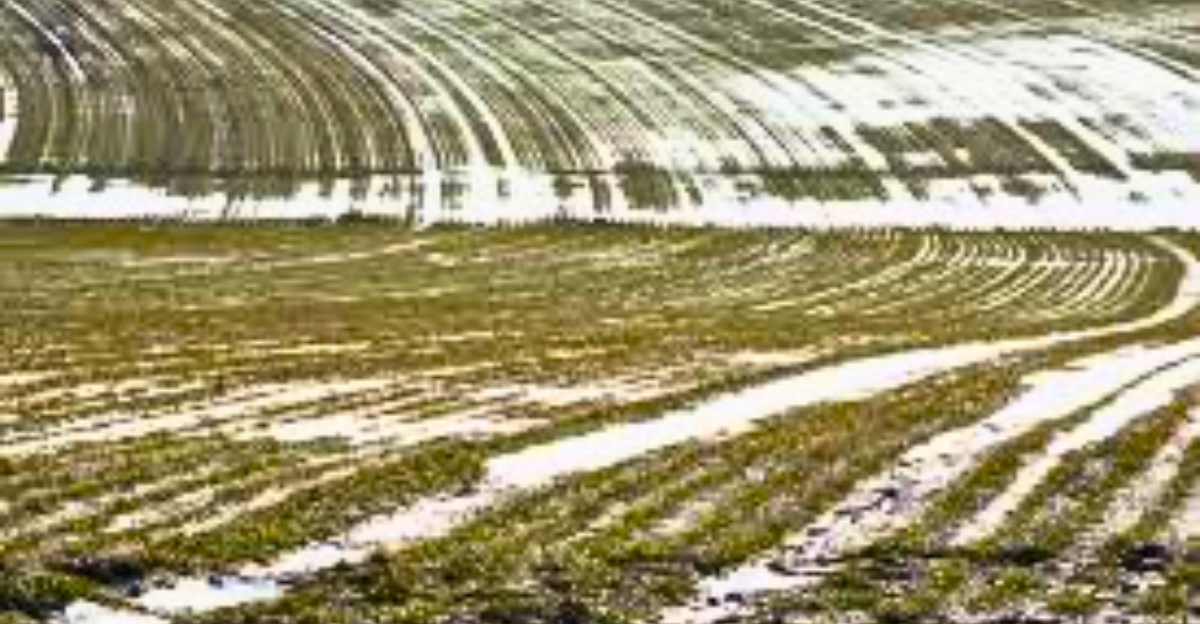
Commodity markets and food supply chains are impacted by cold snaps that damage winter wheat or winterize early crops. Seasonal agricultural output can be threatened by sudden extreme cold, which can destroy orchards, harm livestock, and alter soil conditions.
Meteorologists, farmers, and policymakers must work together to forecast and mitigate the risks associated with polar vortices in agriculture. This will help minimize losses from Arctic blasts by implementing protective measures like emergency feed supplies and frost protection technologies.
The Function of Public Communication and the Media
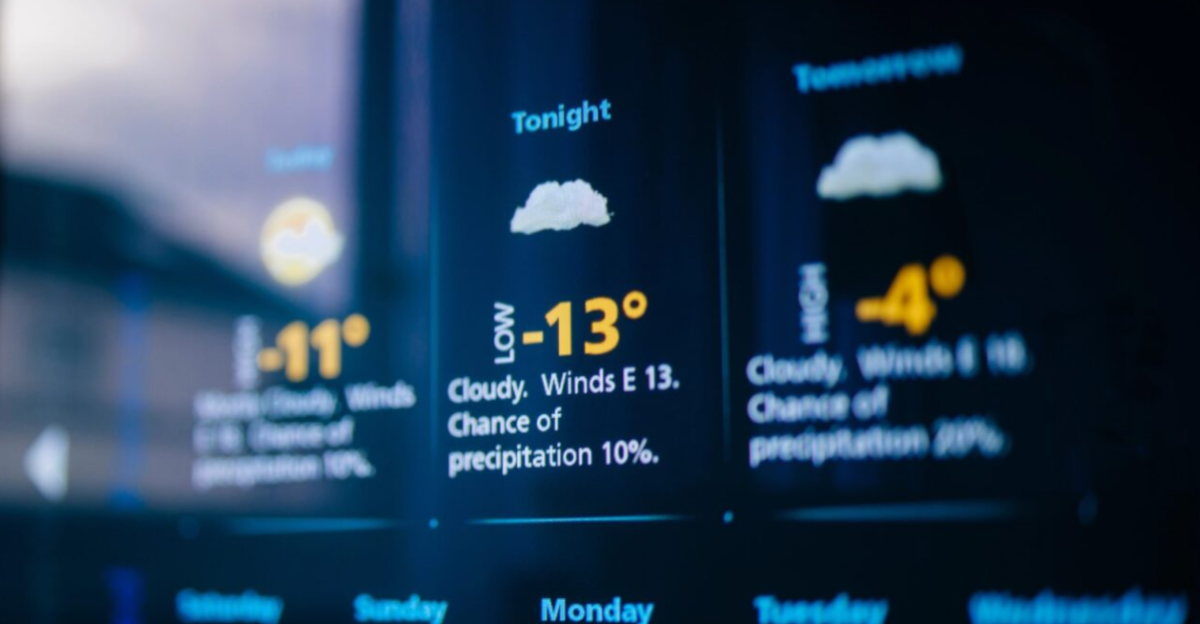
Public attitude and readiness are influenced by media coverage of the polar vortex. While sensational or overhyped reporting can lead to complacency or panic, nuanced scientific communication raises awareness.
Effective public response and policy support depend on clear messaging that differentiates weather events from climate trends and explains the ramifications of polar vortex disruptions, especially in light of the divisive political and cultural discussions surrounding climate change and weather.
Multidisciplinary Strategies for Developing Resilience
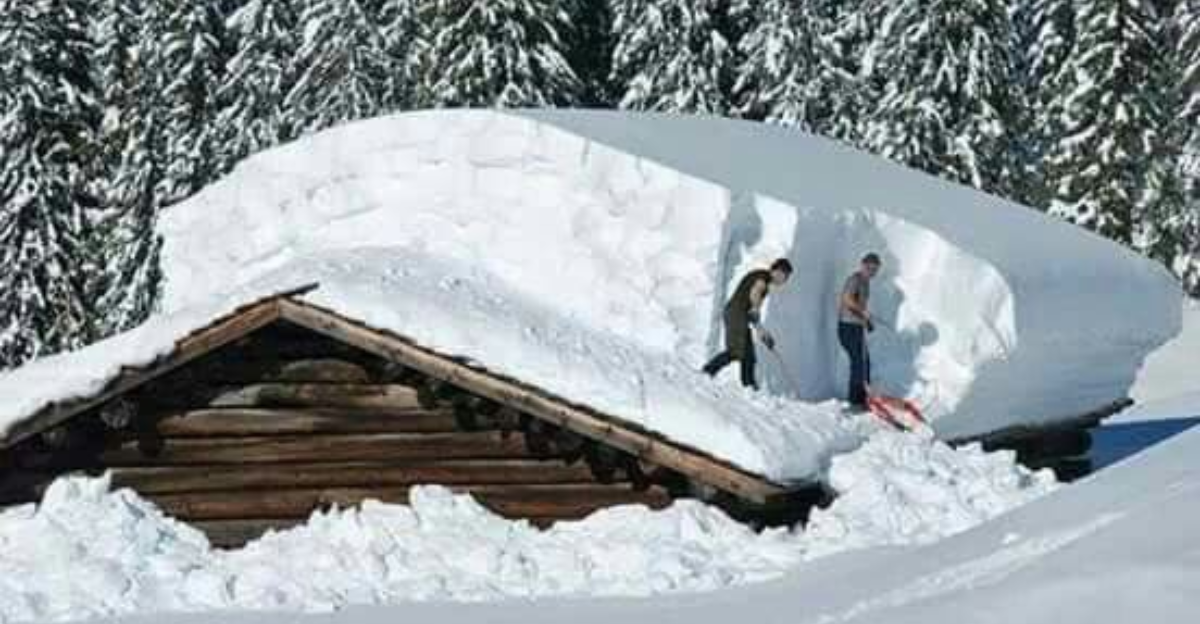
Multidisciplinary cooperation from the fields of meteorology, engineering, public health, economics, and social sciences is necessary to address the threat posed by polar vortices.
Comprehensive resilience strategies are promoted when climate science is integrated with healthcare, economic policy, and urban planning. This all-encompassing approach is reflected in innovations like flexible economic safety nets, smart grids, green infrastructure, and community mental health programs. In a time of climate change, preparing for Arctic blasts necessitates dismantling conventional silos and utilizing a range of expertise to develop flexible and just solutions.
In Conclusion
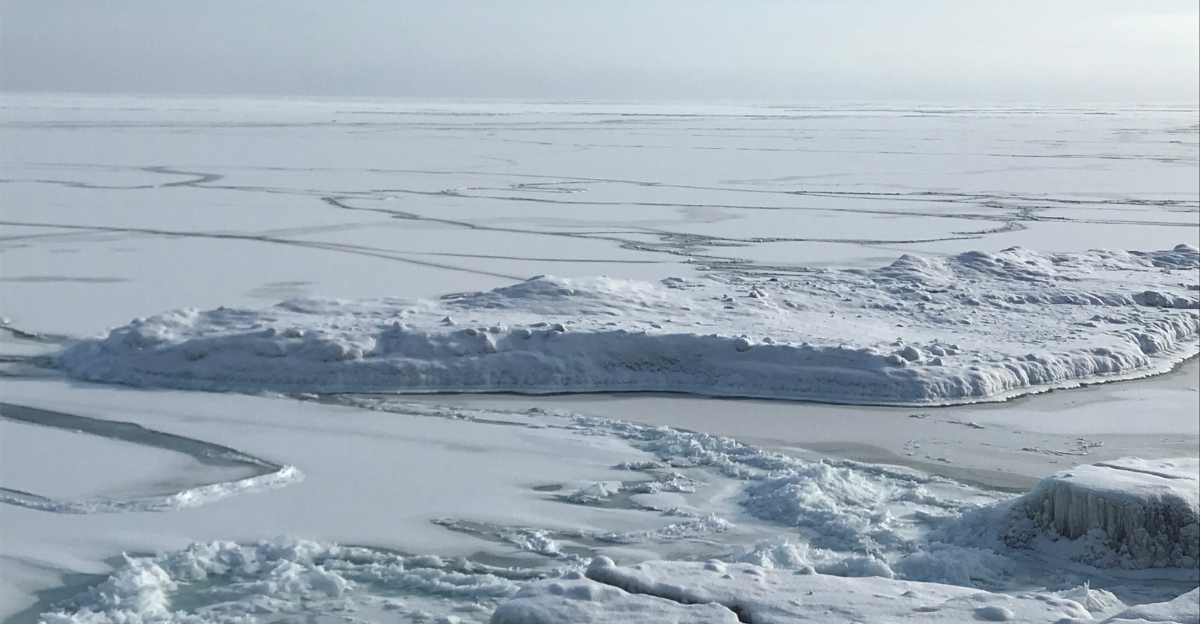
A clear call for immediate readiness and well-informed action is made by the polar vortex forecast, which indicates a 75% chance of major Arctic blasts striking the US this winter. This phenomenon perfectly captures a paradox of climate change: as the Arctic warms, atmospheric patterns become unstable, leading to extreme cold outbreaks. Coordinated, science-based strategies are needed to address the complex effects that span the economic, infrastructure, health, and societal domains.
Through the adoption of creative models, policy changes, and multidisciplinary resilience initiatives, the United States can reduce risks and protect its citizens from the potentially severe winter conditions of 2025–2026. This winter will test human foresight and adaptability in addition to the power of nature.